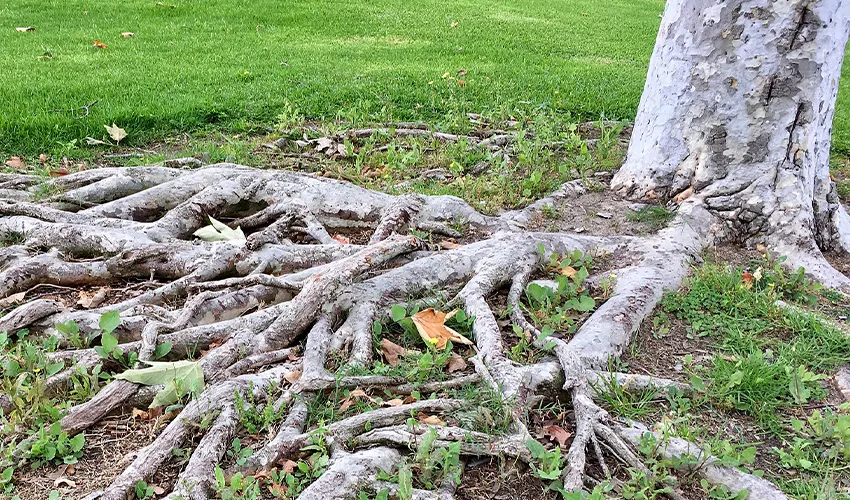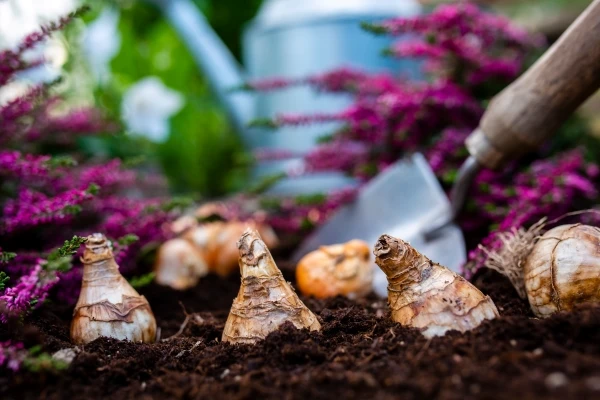You may be wondering how to lay sod over an existing lawn, and it's easy to see the appeal. After all, why go through the hassle o
Learn moreOur Blog
Shared Resources for Your Landscaping and Lawn Care Needs
All Blogs
Jun 17 2025
Exposed tree roots can destroy lawn mower blades and buckle sidewalks. To fix exposed tree roots either add a layer of mulch or pr
Learn more
Jun 17 2025
Interested in planting a spring vegetable garden but feeling a bit overwhelmed? You are not alone! There is a plethora of informat
Learn more
Jun 17 2025
If you’re looking for a natural way to keep insects away from your vegetable garden, try planting flowers! Studies have show
Learn more
Jun 17 2025
In this article, we’ll explain clover lawns vs. grass and dive into clover lawn pros and cons. We’ll also highlight some of our favorite clover varieties and show you how to create a carpet of gorgeous clover outside your doorstep.
Learn more
Jun 17 2025
A strategic tree selection and placement can provide shade, privacy, and even increase your property value. The key is to plant th
Learn moreBlog Categories
Let Us Call You
Blog Categories
About The Grounds Guys
With over 200 locations in North America, The Grounds Guys are quickly becoming the go-to company for exceptional lawn care and landscaping services. What began with just 10 brothers and a single vision in 1987 has now grown into an industry-leading brand.



.webp)
.webp)
